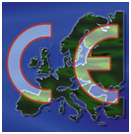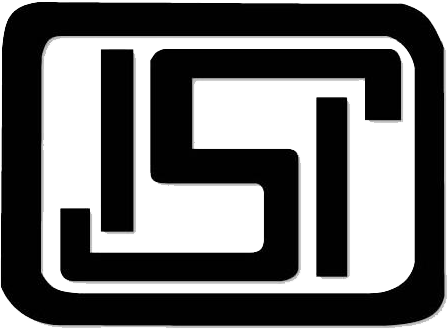
The CE marking is a kind of trade passport for the European marketplace: it allows the manufacturer to freely circulate their product throughout the 30 countries of the European Economic Area (EEA).
The great benefit for manufacturers is that there is now only one set of requirements and procedures to comply with in designing and manufacturing a product for the entire EEA. The various and conflicting national regulations are eliminated. As a result, the product no longer needs to be adapted to the specific requirements of the different member states of the EEA.
In addition, it may be considered a benefit that by implementing the requirements, the product will be safer for the user and this may also reduce damage and liability claims.

The Bureau of Indian Standards, empowered through an Act of the Indian Parliament, known as the Bureau of Indian Standards Act, 1986, operates a product certification scheme by which it grants licences to manufacturers covering practically every industrial discipline from Agriculture to Textiles to Electronics.
The certification allows the licensees to use the popular ISI Mark, which has become synonymous with Quality products for the Indian and neighbouring markets over the last more than 55 years. The Bureau's predecessor, the Indian Standards Institution began operating the product certification Scheme in 1955.
The BIS product certification scheme is essentially voluntary in nature, and is largely based on ISO/IEC Guide 28 which provides general rules for third party certification system of determining conformity with product standards through initial testing and assessment of a factory quality management system and its acceptance followed by surveillance that takes into account the factory Quality management system and the testing of samples from the factory and the open market.
All BIS certifications are carried out in accordance with Indian Standards, which are amenable to certification. A large number of operational elements of the BIS product certification scheme correspond with the requirements of ISO/IEC 17065.
|